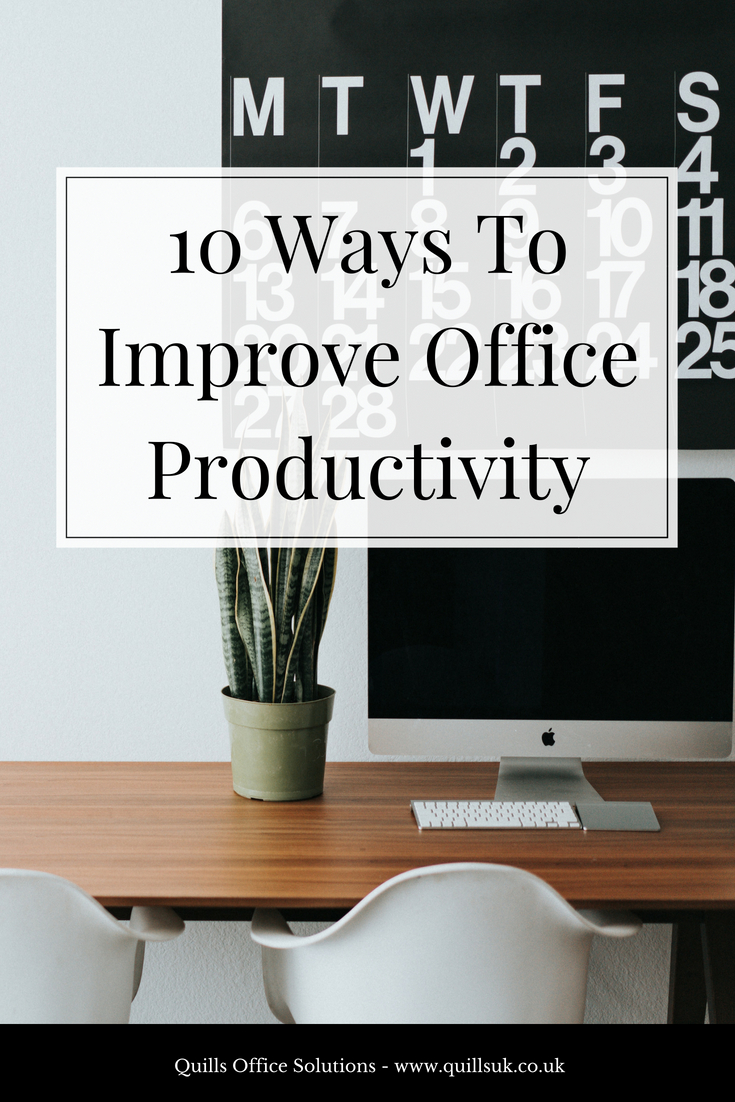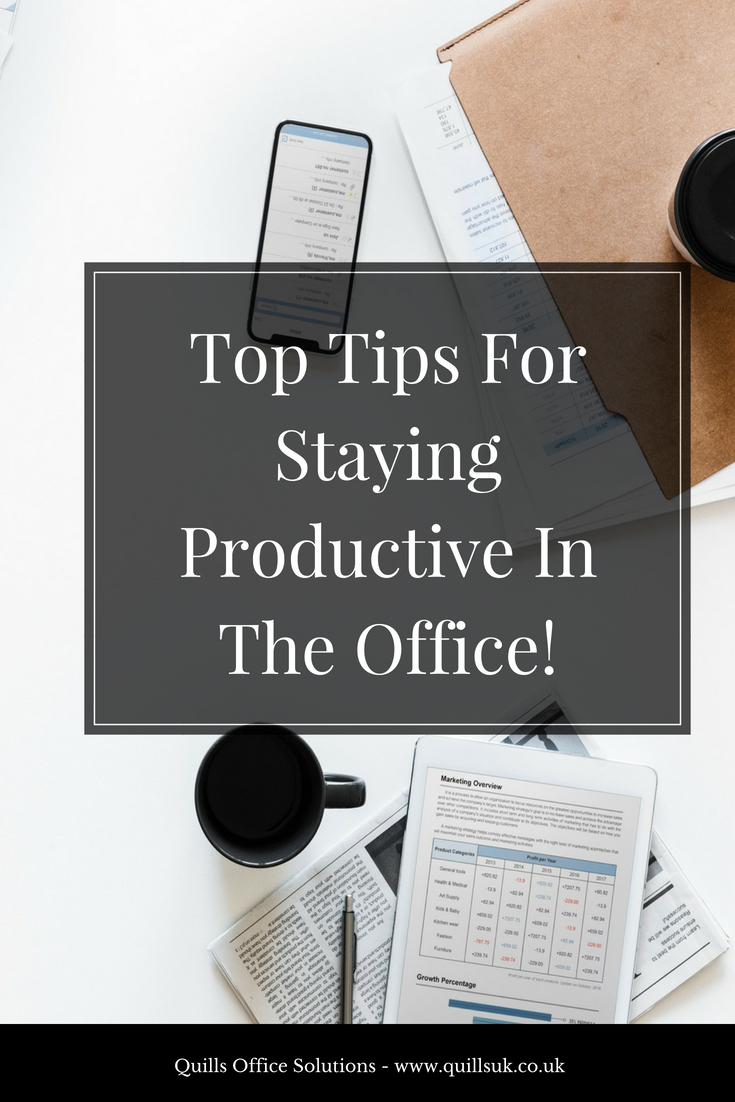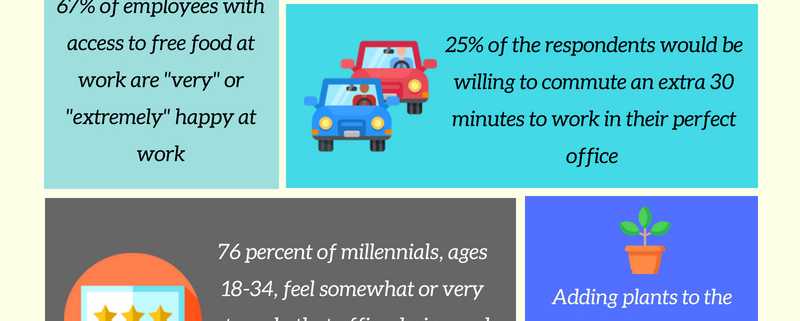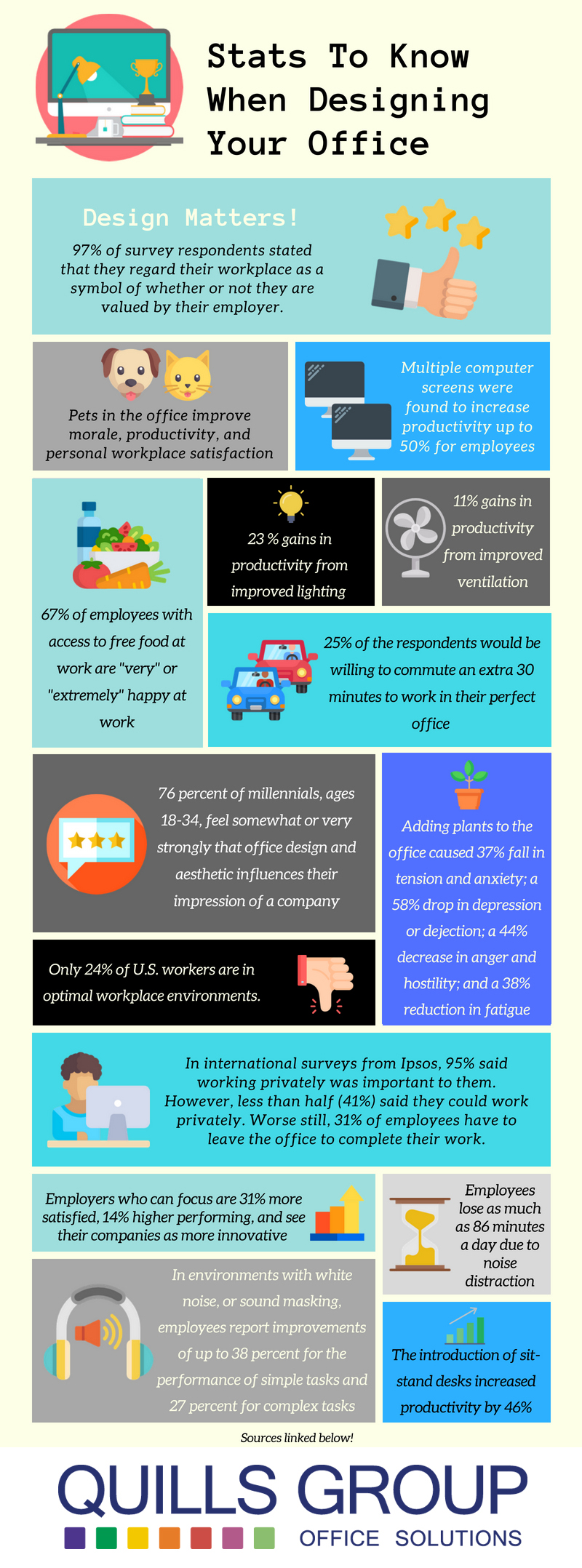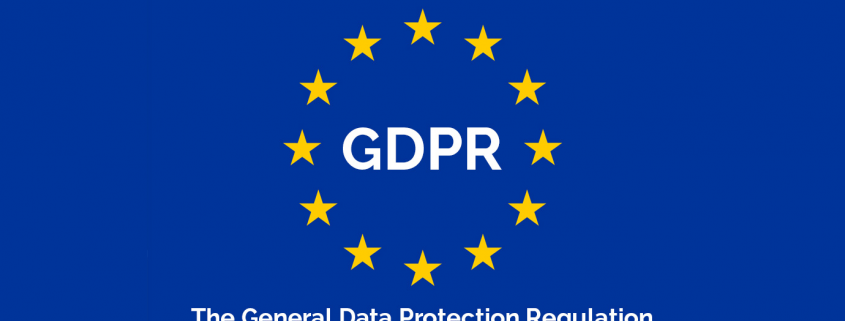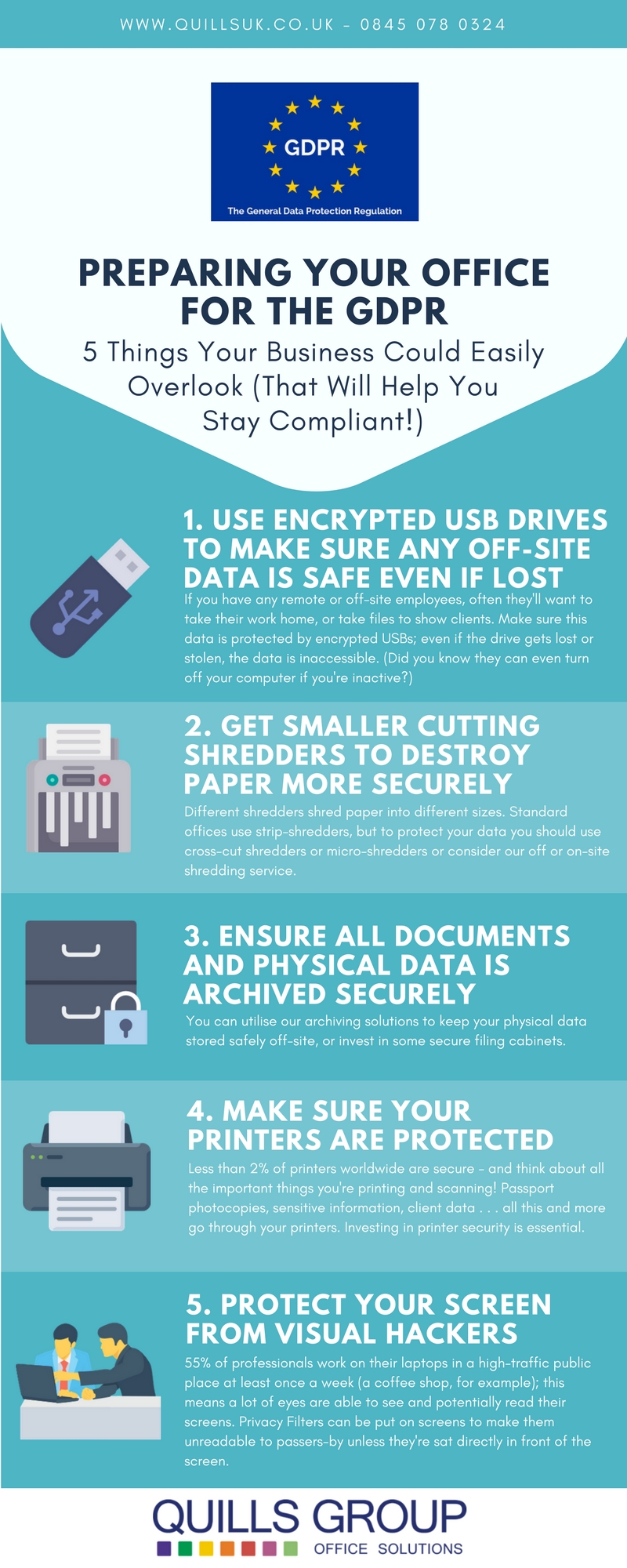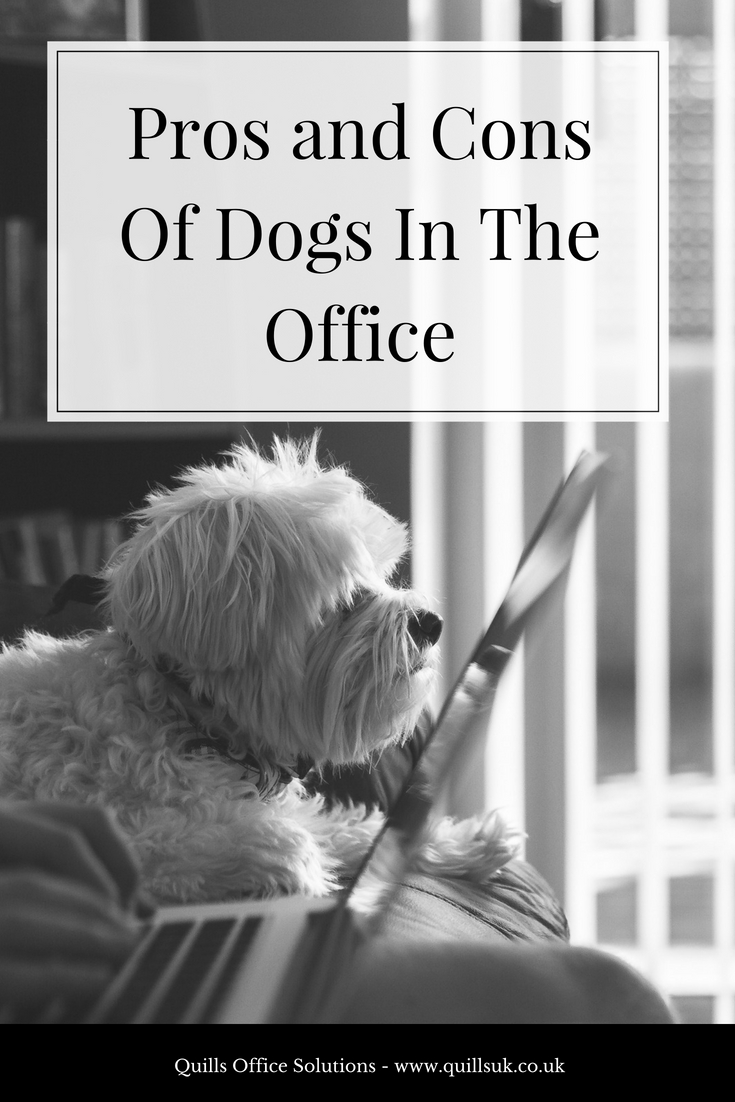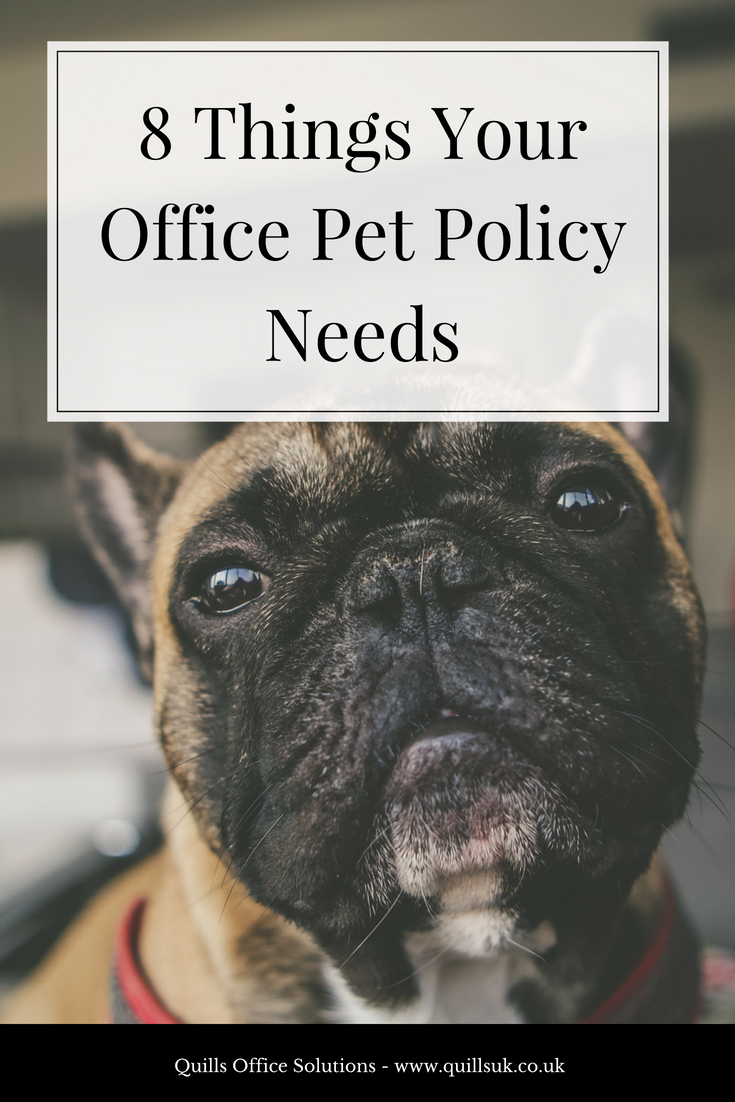10 Ways To Improve Office Productivity
When you work in an office, your workday is generally somewhat monotonous – stare at computer, read emails, type, scroll, repeat. Factor this in with the fact that most of us are now working in open offices (which are notoriously hard to focus in), and you can imagine that it’s easy for productivity in the office to drop-off sometimes.
Today, we’re going to be taking a look at some of the ways you can improve productivity when working in the office.
1. Use ergonomic furniture and sit correctly
Sitting at a desk all day can wreak havoc on your posture. It’s common for office workers, who spend their days hunched over a computer, to suffer from back and neck pain at work – as well as when they get home.
Over time, these effects can develop into long-term chronic conditions. Not only is this bad for your employees, but this can also cause increases in employee absenteeism and lower productivity when people are at work. Meaning it has a negative impact on your bottom line too.
The best way to prevent this is to make sure that your employees are spending their time using comfortable furniture. Ergonomic furniture is designed to support the body’s natural posture; fully adaptable to the person using it, ergonomic furniture allows employees to customise their working experience to suit their needs.
Here at Quills, we provide a wide range of ergonomic furniture suitable for a variety of budgets. Feel free to get in touch to request a quote.
2. Track and limit how much time you’re spending on tasks
Did you know that only around 17% of people can accurately describe the passage of time?
Think about that for a moment. When you have a set amount of tasks to do in a day, how important is knowing how long each will take? Essential. If you think something will take 10 minutes, but it will actually take 30 . . . how many other tasks will get missed out?
The only way to effectively manage your time is to understand how much of it you actually have. Start tracking how much time each task takes you – and limit yourself to spending a set amount of time on certain things. This will help you get more out of your day.
3. Take regular breaks
Productivity for 8 hours straight sounds amazing – but it’s not a reality.
In 2008, a University of Illinois study found that the brain’s cognitive resources drop after a long period of focusing on a single task, decreasing our focus and hindering performance. Breaks act as a mental reset and allow us to come back more focused and productive.
The science behind this is that our brains have two functions; “focused” and “diffuse” mode. Focused is for things like reading, learning and concentrating; diffuse mode is for day-dreaming and relaxing. While on the surface focus mode may seem like the optimal setting . . . “some studies have shown that the mind solves its stickiest problems while daydreaming—something you may have experienced while driving or taking a shower.”
The most productive workers actually take a 17-minute break for every 52 minutes they work.
4. Personalise your office space
Personalising your office space can make your office a happier place to work. Adding some personal touches to your desk, like family photos, is a great way to add some warmth and personality to your workspace.
5. Block out time to respond to emails
One of the largest productivity killers in the modern office? Emails. Everyone will be familiar with the scenario of having to answer so many emails that hours go by . . . but nothing really gets done. In fact, too many emails is the leading cause of lost productivity in the UK.
So the question becomes: how do you gain this time back? You can’t stop answering emails – what if you miss important things? Plus, your co-workers may perceive you as rude.
Give yourself set times to check and respond to emails. Don’t let your email inbox creep into the rest of your work.
6. Leave for lunch
We’ve already spoken about the benefits of taking breaks during the workday – but one essential break you should be taking? Your lunch hour. Eating at your desk has a whole host of unhealthy effects on you – and your productivity.
7. Stop multi-tasking
We are constantly bombarded with things fighting for our attention. On your average desk, think about how many things are sitting there waiting to distract you. Your email inbox, Facebook, Twitter, your phone, Candy Crush, that group chat on WhatsApp, your colleague chatting behind you, the phone ringing . . .
The modern office is not necessarily great for focusing. However, for optimal productivity, you need to resist the urge to flit between tasks and stop multi-tasking. Multi-tasking impairs cognitive function, short-term lowers your IQ – and can even permanently damage your brain.
8. Get enough sleep
This tip may sound obvious, but a surprising number of people don’t actually get enough sleep – something that we all know results in your body not functioning as well as it should be. To keep productive throughout the workday, you need to make sure that your body is rested up and fuelled.
9. Eat the right snacks
Snacking throughout the workday can help you keep your energy levels high and sustained throughout the day, but you need to ensure that you’re eating the right kind of food. It can be tempting to load up on sugar for the quick energy boost; however, sugary foods follow their high with a crash.
Make sure that you’re fuelling your body with the correct foods throughout the day. Here’s a list of healthy office snacks to keep your energy high all day.
10. Add plants to the office
To conclude this post, our last suggestion for improving productivity in the office is the introduction of office plants.
Plants in the office have a multitude of proven benefits. (And those are the best kind!) We’ve written an entire post explaining how plants can boost workplace health, happiness and satisfaction – but the purpose of this post is specifically productivity, so we’ll keep it brief.
Studies have shown that introducing plants to the workplace can improve productivity by as much as 17% – Source
Hopefully this post gave you some inspiration for ways to improve your productivity in the office!


